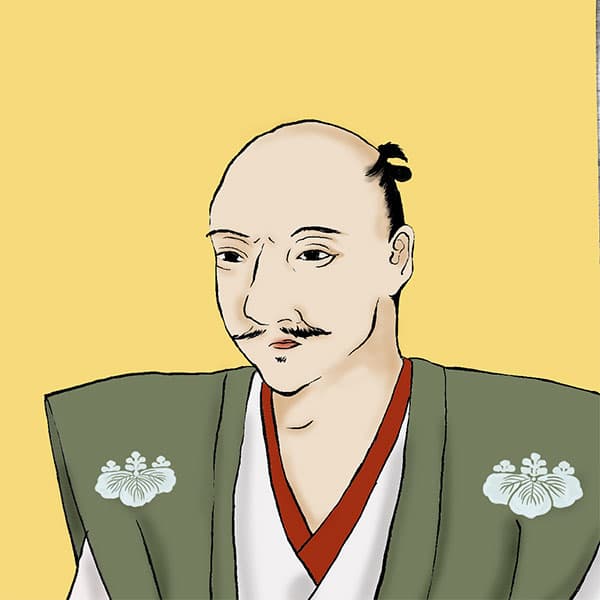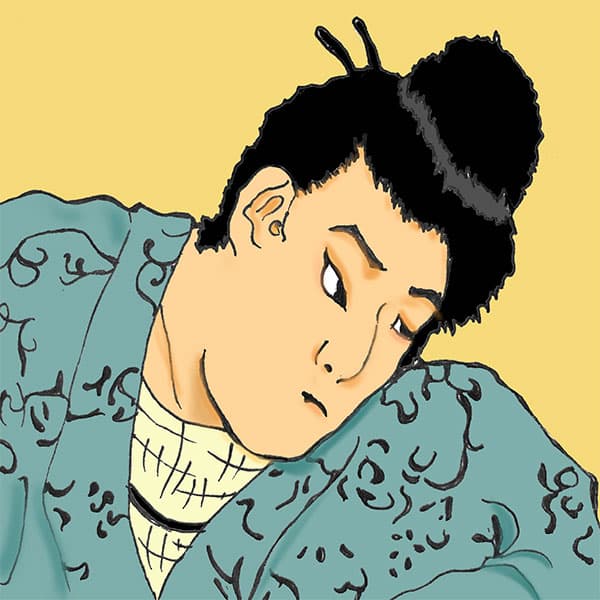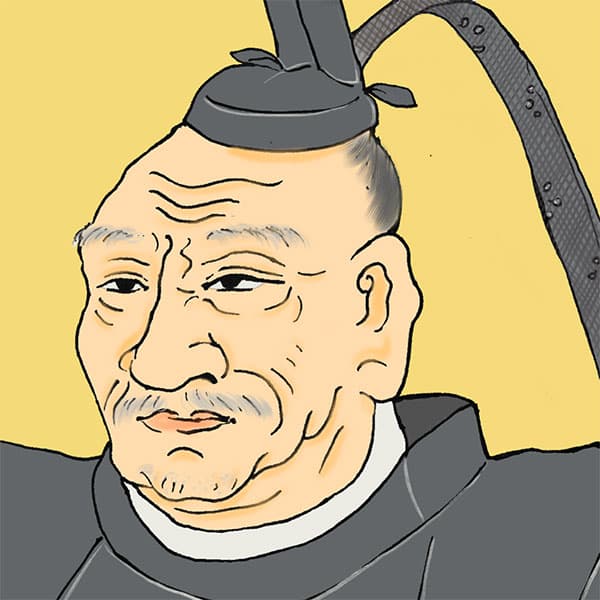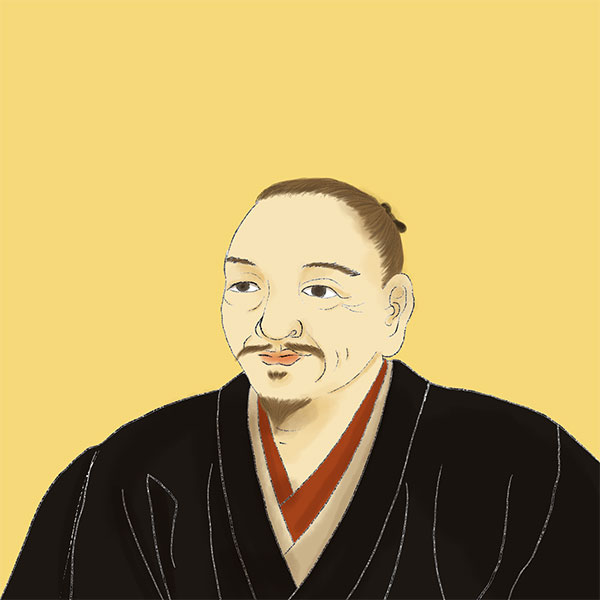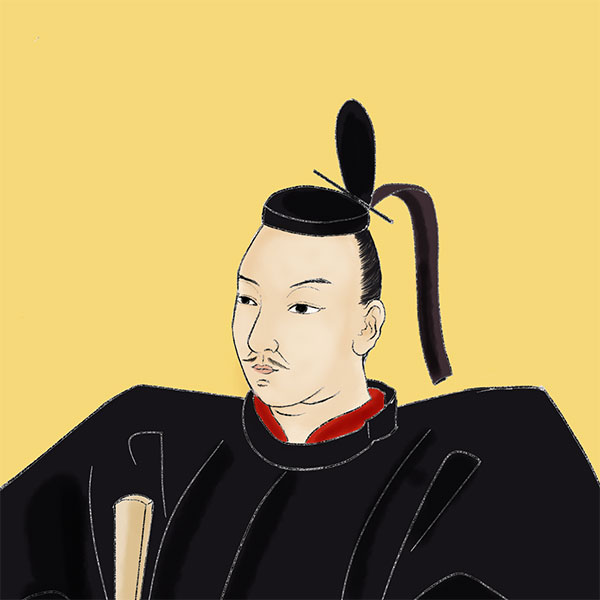Tensho Iga Rebellion (1/2)What is the outcome of the fierce battle between the Oda army and the Iga ninja?
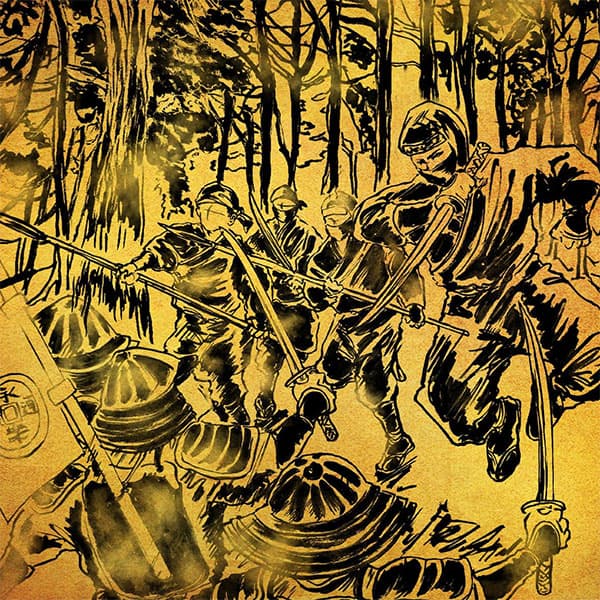
Tensho Iga Rebellion
- Article category
- case file
- Incident name
- Tensho Iga Rebellion (1578-1581)
- place
- Nagata, Iga, Mie Prefecture
- Related castles, temples and shrines

Iga Ueno Castle
Ninjas hide behind enemy lines, seek out information, set traps, and sometimes assassinate enemies under cover of darkness. The Tensho Iga Rebellion was a time when these people, who usually don't appear in the public eye, clashed with the Oda army. The novel "Shinobi no Kuni", written by Ryu Wada and based on the Tensho Iga Rebellion, which was the only large-scale battle in which samurai and ninja faced each other directly during the Sengoku period, was made into a movie in 2017 starring Satoshi Ohno. Ta. This time, I will explain the Tensho Iga Rebellion in an easy-to-understand manner.
What is the Tensho Iga Rebellion?
The Tensho Iga Rebellion is a general term for two battles in Iga Province (northern Mie Prefecture) in which the Oda clan fought against the Iga clan, which consisted of Iga ninjas and local samurai. The war from 1578 to 1579 was called the First Tensho Iga Rebellion, in which Oda Nobunaga's son Nobuo, who tried to pacify Iga, was defeated by the Iga clan. Then, in 1581, the Second Tensho Iga Rebellion occurred, in which Oda Nobunaga led a large army and attacked the Iga clan, leaving Iga in a state of destruction.
What kind of place is Iga?
Iga Province, where the rebellion took place, corresponds to present-day Iga City and Nabari City in Mie Prefecture. It is a basin surrounded by steep mountains, and has been valued as a transportation hub connecting Ise with Nara and Kyoto since ancient times.
It has a long history, and from ancient times to the Middle Ages it was a manor (territory) such as Todaiji Temple in Nara, but gradually the power of Dogo (local ruling families) and Jisamurai (influential headmen) became stronger, and small-scale The forces were in disarray. No major force emerged to unify them, and as skirmishes gradually became more sophisticated, it seems that ninjas who were good at information gathering and guerrilla warfare developed.
Also, because it was surrounded by mountains, it seems that it functioned as a hidden village, and ninjutsu was learned from information brought by samurai and court nobles who had been driven away by the central government, and from interactions with Shugenja who practiced in the mountains. Unique technologies such as these were born.
After the Muromachi period, the Iga Niki clan served as the Iga Shugo, but they did not have very strong control and the local samurai continued to maintain autonomy.
Autonomy through the Iga Sokoku Uprising
During the Sengoku period, the Iga clan united and established an organization called the Iga Sokoku Ikki in order to protect their rights, including the right to autonomous water use. Iga Province was organized into a strong self-governing community with a collegial system of 12 representatives from each village. By the way, the word ``Ikki'' conjures up images of armed uprisings by peasants, but its original meaning was to come together as one to solve problems, and it refers to groups and their struggles that were created for that purpose.
The Iga Sokoku Uprising had 11 rules. The main commandments are as follows.
- Everyone working together to defend against invasions from other countries
- When there is a report of an invasion, ring the village bell and participate in the war by bringing troops, arrows, and shields.
- Those between the ages of 17 and 50 are required to participate in the battle, and if they are going to fight for a long period of time, they must form a team and take turns.
- To make the people of each village write a petition and swear obedience.
- Loyal people can become samurai even if they are peasants.
- Subjugate traitors and confiscate their territory.
- Do not divide your group and do not be violent with each other inside the camp.
- We will be joining forces with Koga, so we will have a meeting with Koga soon.
Looking at this, it seems that it functioned as a military rule in times of emergency. We also learn that he had interactions with the ninjas of neighboring Koga District (Shiga Prefecture), who are often treated as Iga's enemy forces in novels.
By the way, the way ninjas serve in Iga and Koka is different. The ninjas of Iga were like mercenaries who served various warlords, and it is said that they sometimes split up and fought against each other. Meanwhile, the ninjas of Koga used to serve the Rokkaku clan, but when the Rokkaku clan was destroyed by Nobunaga, they began to serve Nobunaga.
Ninjas of Iga
Among the 12 representatives of the Iga Sokoku Ikki, the most famous Iga ninjas are the Hattori family, the Momochi family, and the Fujibayashi family, known as the ``three Jonin families.'' From the Hattori family, Hattori Masashige (Hattori Hanzo) serves Tokugawa Ieyasu. Although he was actually more of a warlord than a ninja, he is known for commanding many ninjas under Ieyasu. Masanari Hattori is sometimes called the ``Iga's three top ninja'' along with Momochi Tanba of the Momochi family and Fujibayashi Nagato no kami of the Fujibayashi family.
First Tensho Iga Rebellion ~Oda Nobuo attacks Iga on his own initiative~
The introduction has become long, but I will finally explain the First Tensho Iga Rebellion.
The First Tensho Iga Rebellion was a battle in which Oda Nobunaga's second son, Oda Nobuo, attacked Iga Province. At that time, Nobuo was the adopted son of Tomofusa Kitabatake (Nobuo Kitabatake to be exact). This is because in 1567, when Nobunaga attacked the Kitabatake family, which controlled southern Ise, in order to take control of Ise, he adopted his second son as a condition of peace. By adopting him, the aim was to bring the Kitabatake family under the control of the Oda family from within. In fact, Nobuo later married Kitabatake Tomonori's daughter, inherited the Kitabatake family, and assassinated other members of the Kitabatake family to take control of Ise.
After Ise, Iga was next, but in 1578, Heibei Shimoyama, the lord of Hinachi Castle in Iga Province, betrayed the Iga clan and offered guidance to Iga Province. Upon receiving this, Nobuo ordered his subordinate Yutoshi Takigawa to plan an attack on Iga, using Maruyama Castle as a base. To that end, they began rebuilding Maruyama Castle, but when the Iga clan led by Momochi Tamba and Ueda Mitsutsugu learned of this, they immediately held a council meeting to devise countermeasures. Using Muryojufukuji as their base, soldiers led by Tobei Momota of the Iga Twelve members launched a surprise attack on the castle and burned it down. As a result, Yutoshi Takigawa and his friends abandoned the castle and fled back to Ise.
Recovering honor? Dispatched troops without Nobunaga's permission
The following September, 1579, Nobuo led about 10,000 soldiers and invaded Iga. They attacked Iga from three directions, including the Iseji Exit. This battle was carried out on his own without reporting to Nobunaga, but this time too the Iga clan ended up victorious. The reason for Nobuo's defeat was that he was unable to keep up with the Iga clan's specialty, guerrilla warfare. Nobuo's army was defeated, helpless against night attacks, disturbance tactics, and surprise attacks by the Iga clan, who knew the area thoroughly. Furthermore, at this time, Nobuo lost his senior vassal Yasushige Tsuge to Mitsuji Ueda of the Iga clan.
When Nobunaga found out about this, he was furious! According to ``Nobunaga Koki,'' written by Gyuichi Ota about Nobunaga's life, he harshly scolded Nobunaga, calling him ``outrageous,'' and sent a letter informing him that he was severing ties with Nobunaga. Nobunaga, who was aiming to unify the country, could lose his prestige if his vassals, especially his second son, lost the fight, so it is understandable that he would be angry.
Although it was his son's own decision, Nobunaga was defeated by Iga. I would like to take revenge immediately, but from 1986 to 1970, we were in the middle of the third siege of Nobunaga, and we were in the middle of a battle with the Mori clan and Ishiyama Honganji Temple. It seems like they can't afford to mess with Iga, so they leave Iga alone for a while.
Second Tensho Iga Rebellion ~Nobunaga's Retaliation Battle~
With the fall of Ishiyama Hongan-ji Temple in 1580, Nobunaga's siege network was almost completely destroyed. The following year, in 1581, Nobunaga's invasion of Iga finally began. The impetus was a confidential communication between Fukuchi Isunetaka and Mimisu Tomomei of the Iga clan, who offered to guide Nobunaga on his way to conquer Iga.
The article on the Tensho Iga Rebellion continues.

- WriterNaoko Kurimoto(Writer)I am a former travel industry magazine reporter. I have loved history, both Japanese and world history, since I was a child. I usually enjoy visiting temples and shrines, especially shrines, and often do ``pilgrimages to sacred places'' themed around historical figures. My favorite military commander is Ishida Mitsunari, my favorite castle is Kumamoto Castle, and my favorite castle ruins is Hagi Castle. My heart flutters when I see the ruins of battle castles and the stone walls of castle ruins.


